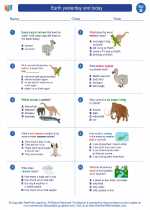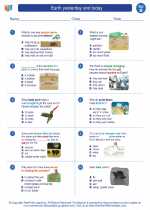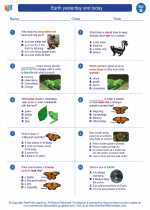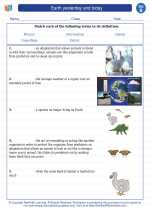Volcanic Activity
Volcanic activity refers to the processes and phenomena associated with the eruption of molten rock, ash, and gases from a volcano. This natural phenomenon is a result of the intense heat and pressure beneath the Earth's crust, leading to the release of pent-up energy in the form of volcanic eruptions.
Causes of Volcanic Activity
Volcanic activity is primarily caused by the movement of tectonic plates and the interaction between the Earth's crust and its underlying mantle. The Earth's crust is made up of several large and small tectonic plates that float on the semi-fluid mantle beneath them. When these plates move, they can collide, separate, or slide past each other, leading to the formation of volcanic activity.
Study Guide
- What is volcanic activity?
- What are the causes of volcanic activity?
- What are the types of volcanic eruptions?
- What are the impacts of volcanic activity?
- How can we monitor and predict volcanic eruptions?
Volcanic activity refers to the processes and phenomena associated with the eruption of molten rock, ash, and gases from a volcano.
Volcanic activity is primarily caused by the movement of tectonic plates and the interaction between the Earth's crust and its underlying mantle.
There are several types of volcanic eruptions, including effusive eruptions, explosive eruptions, and phreatic eruptions.
Volcanic activity can have both positive and negative impacts on the environment and human society. It can lead to the formation of new land, fertile soils, and geothermal energy sources, but it can also cause destruction, loss of life, and disruptions to air travel and climate patterns.
Scientists use various techniques such as seismographs, gas emissions monitoring, and satellite imagery to monitor volcanic activity and predict potential eruptions.
By understanding the causes, types, and impacts of volcanic activity, as well as the methods for monitoring and predicting eruptions, we can better prepare for and mitigate the effects of volcanic eruptions.
.◂Science Worksheets and Study Guides Second Grade. Earth yesterday and today

 Worksheet/Answer key
Worksheet/Answer key
 Worksheet/Answer key
Worksheet/Answer key
 Worksheet/Answer key
Worksheet/Answer key
 Vocabulary/Answer key
Vocabulary/Answer key
